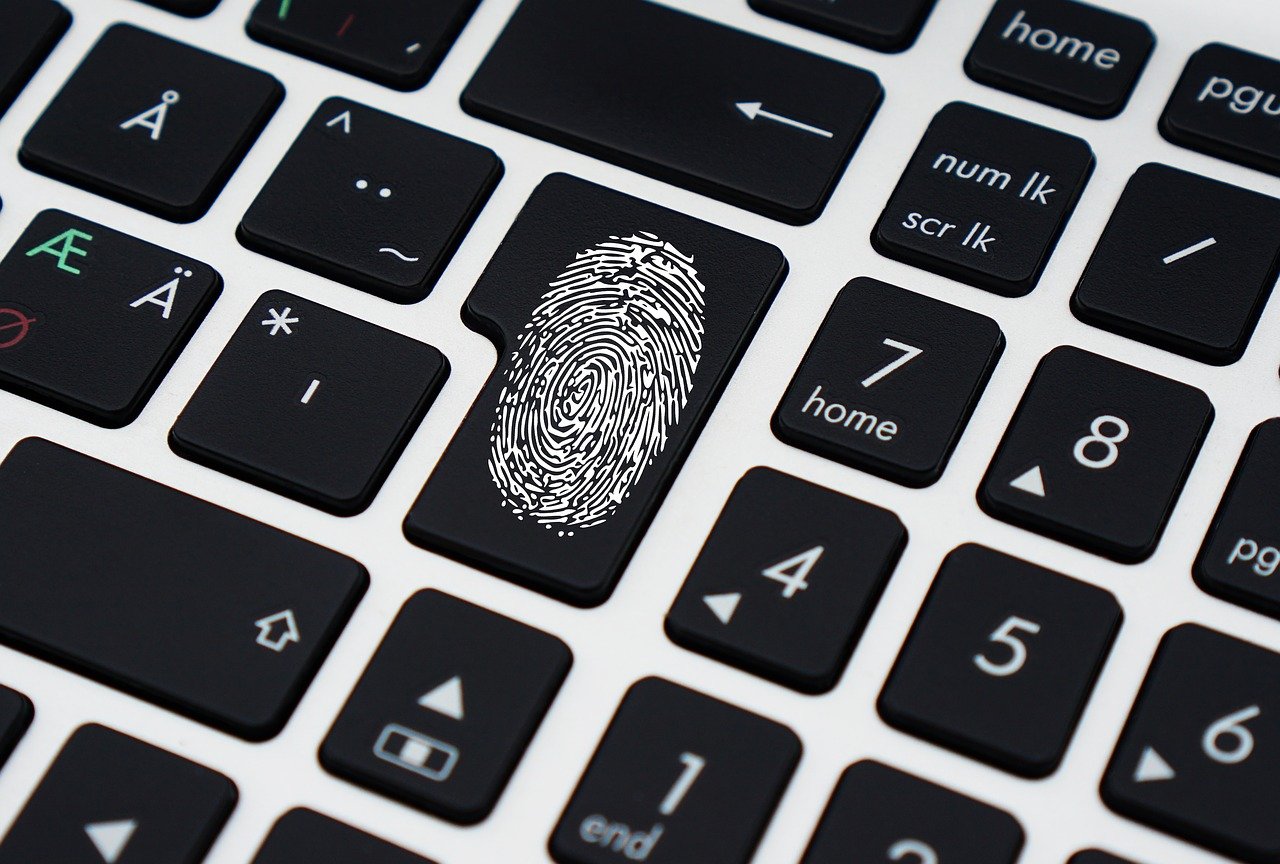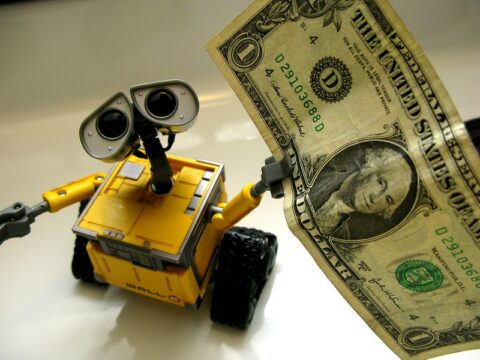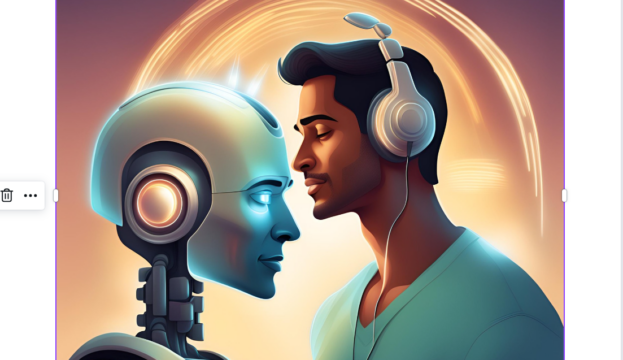In a world where identity management is fast becoming necessary, but also needs to be contactless, this 2021 born startup is using sound waves to make it happen.
Imagine a world that is completely contactless. You walk into an airport and never have to carry documents or scan a QR code, your phone is your boarding pass. You open a bank account sitting at home, movie tickets are validated without physical exchange of documents.
Read more: RPA Penetration in India: ´ Automation is no longer just nice to have´
DOOT, a messenger that uses sound waves to communicate, is completely apt for times we are in, where everything is turning contactless.
The Tech Panda spoke to Surya Phadke, Chairman of DOOT, who explains how DOOT works as well as the challenges they faced in a post-COVID market.

Surya Phadke
This technology can make old school tech smart and part of the IoT future
“This technology can make old school tech smart and part of the IoT future. It requires no additional expenditure on technology as we use speakers and microphones already built in with phones, smart watches, and other readily used products,” he says.
How DOOT Works
DOOT is India’s first IdaaS and identity messenger application leveraging an Out-of-Band communication platform called SVAN. SVAN makes it possible for devices to communicate by sending messages over sound waves. In essence, devices with the DOOT application can communicate even in airplane mode.
“Our USP has to be the ability of our devices, or devices enabled with DOOT app, to communicate while in airplane mode,” says Phadke.
Our USP has to be the ability of our devices, or devices enabled with DOOT app, to communicate while in airplane mode
DOOT leverages two technologies:
DOOT 1iD: Proprietary digital single identity management platform. With their partnership with DIGILOCKER (Ministry of Electronics and Information Technology), they tokenize all identification documents, making it easier to share them with authorized personnel while also offering end-to-end encryption.
SVAN: The most robust inter-device and inter-OS communication protocol. It works in ranges much higher than NFC and with cheaper devices. It´s also more robust and secure than QR codes that are prone to duplicity and fraud and not ideal for the 100m+ visually disabled in India.
Establishing Identity and Social Inclusion
The concept of establishing or proving identity in the real-world revolves around self-attesting or notarizing documents. No technology exists today that can facilitate a device-to-device transfer without the need for pairing, or protocol that isn’t prone to duplication.
Phadke informs that identity management creates challenges for both consumers and eco-system partners, the first of which is establishing identity.
With our technology, consumers can validate and share tickets, Aadhaar, and other documents without the need for OTP or bio-metrics securely, without end-to-end encryption
“With our technology, consumers can validate and share tickets, Aadhaar, and other documents without the need for OTP or bio-metrics securely, without end-to-end encryption. For ecosystem partners, the advantages of our technology lie in real-time validation, faster and more secure clearances without the need for capex in bio-metric readers, or any other specialized hardware,” he says.
The other challenge that identity management poses is social inclusion. India has one of the highest numbers of physically handicapped citizens. The visually impaired are unable to use QR codes, and many others are unable to use bio-metric scanners like fingerprint readers. DOOT solves this problem too.
“Our tech is hands-free and very inexpensive to use. We are bringing financial services, entertainment and all other day to day necessities into the world of IoT and making them hands-free, digital and secure,” Phadke adds.
Inspiration
The idea for DOOT came when the team was developing their data-over-sound products for broadcast and entertainment. They realized that the technology has great potential to create a short distance messaging service (SDMC), this is especially interesting for developing nations where a majority of devices don’t have continuous access to 4G/Internet.
“When we started developing the application use cases, we realized that creation of our proprietary IdaaS DOOT 1iD aligns with the United Nations directive as part of their Vision 2030 initiative along with International Civil Aviation Organization (ICAO),” says Phadke.
We are bringing financial services, entertainment and all other day to day necessities into the world of IoT and making them hands-free, digital and secure
The DOOT 1iD with SVAN (our data-over-sound) technology enables the tokenizing of every digital document, including Aadhaar and credit cards. It provides a sound based service to provide a new form of consumer experience such as ultra-sonic commerce, contactless digital signature, and many more.
Data-Over-Sound Technology
DOOT´s edge is the data-over-sound technology. Phadke informs that currently no other company is using the same technology mix to deliver IdaaS in India. However, he does count traditional technologies such as QR codes and NFC or other digital token providers, as their competitors.
Unlike other providers, we don’t have to wait on the patent holders to approve a use case or release latest versions as we have an in-house R&D team
“Unlike other providers, we don’t have to wait on the patent holders to approve a use case or release latest versions as we have an in-house R&D team. In addition, we also serve a social cause. Several technologies such as NFC are not accessible to the masses, as they are only available on expensive mobiles. QR codes, on the other hand, don’t provide a solution for 63m+ visually impaired citizens of this country. We are talking about financial and therefore social inclusion by way of technology for 100m+ users that are currently underserved,” he says proudly.
DOOT´s technology platform can currently service documentation from 800+ organizations and over four billion documents.
Post COVID Challenges
As a startup opening in a post-COVID landscape, DOOT has faced some unique challenges. Since they started in 2021, most of their R&D occurred in the last year, which was a difficult year for everyone. However, their research work, which is core for a deep tech firm, has been on track through the unusually challenging year.
“Our biggest challenge has been trying to showcase a complex product via virtual link and getting acceptance to change the status quo while the world was very much experiencing substantial changes in the way we live and do business,” Phadke informs.
Read more: {Startup Watch: Aisle} A High Intent Dating App for Those Getting Serious
At the same time, he says the experience has been rewarding.
“Our team looks at an adversity as an opportunity and our aim was to serve the Indian community. So, for us, it has been a personally rewarding experience to grow and understand and better ourselves to adapt and deliver success to all our stakeholders over the last 12 months,” he concludes.












